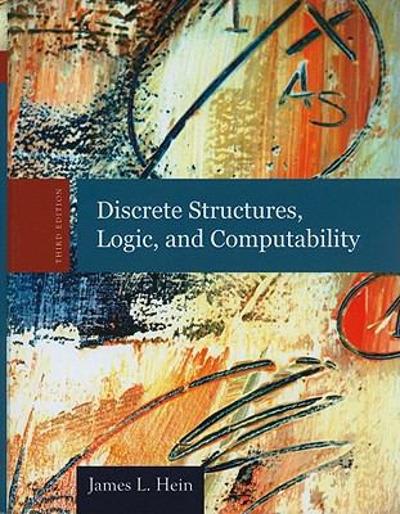

Transition matrix
1. Describe Alzheimer's disease in terms of neuropathology and behavioral symptoms? 2. Describe the physiological mechanism of action for lithium. 3. Compare and contrast barbiturate pharmacology to benzodiazepine pharmacology? (i.e., pharmacodynamics and toxicity) Why should benzodiazepines not be used in the elderly?7. Using the normal distribution to determine proportions, percentiles, and percentile Aa Aa ranks Tai chi exercise may reduce blood pressure (BP) and serve as a practical, nonpharmacological adjunct to conventional hypertension management. A geriatric psychologist is interested in studying nonpharmacological approaches for senior citizens struggling with prehypertension. Systolic blood pressure scores for senior citizens follow a normal distribution with u = 110 and o = 21. Use the Distributions tool to help answer the questions that follow. Note: To find the probability above or below a z-score, click on the normal curve icon with one line, and position the line at the appropriate z-score on the horizontal axis. The areas under the standard normal curve above and below the z-score will be displayed to the left and right of the vertical line, respectively. To find the probability between two z-scores, click on the normal curve icon with two lines, and position the left line at the lower z-score and the right line at the higher z-score. The area under the normal curve between the vertical lines will be displayed in blue. Standard Normal Distribution Mean = 0.0 Standard Deviation = 1.0 AAA The highest possible z-score that is still in the lowest 80% of the systolic blood pressure distribution is z =198 PART II . ESTABLISHING THE OPERATIONS ENVIRONMENT The bottom half of Figure 65.5 presents results for 20 simulated time periods. Notice how the simulated arrivals range anywhere from 0 to 8. For this particular simulation, the average arrival rate is J.I. close to the expected arrival rate of 3 per time period. Building and Evaluating Simulation Models with SimQuick Developing a useful simulation model can require a great deal of creativity and practice, but the basic process can be divided into four steps 1. Develop a picture of the system to be modeled. The process mapping material in Chapter 3 can be particularly helpful in this regard. 1. Identify the objects, elements, and probability distributions that define the system. Objects are the people or products that move through the system. while elements are pieces of the system itself, such as lines, workstations, and entrance and exit points. 3. Determine the experimental conditions and required output information. Many sim. ulation packages provide the user with options regarding the output reports that are generated. 4. Build and test the simulation model for your system and capture and evaluate the red. grant data. When the process to be modeled is fairly complex. it usually makes sense to use a specialized simulation software package. These packages can range from very sophisticated applications that provide graphics and sophisticated what-if analyses and make use of existing company databases to simple stand-alone packages, In the following example, we build and test a simulation model of Luc's Deluxe Car Wash, using SimQuick.' a highly intuitive, easy-to-learn simulation package that runs under Microsoft Excel. EXAMPLE 65.4 While Luc is generally happy with the statistics, he was able to generate using the wall- imulating Operations ing line formulas (Examples 65,1-65.3), one thing troubles him: All of these statistics at Luc's Deluxe describe averages-average wait time, average number of cars in the system, and so on. Car Wash They don't tell Luc how long the lines can actually get or what the maximum time might look like. Luc's car wash is pictured in Figure 65.6. For simulation modeling purposes, Luc's car wash has four elements: the car entrance, the driveway (where cars wait for an avail- able crew), the crew, and washed cars, Two of these elements-cars arriving and the crews washing cars-are controlled by probability distributions. Figure 65.7 shows how the same system is defined in SimQuick. The first box is labeled "Simulation Controls." Luc has set the simulation to cover five iterations of 3,600 minutes each. In effect, each iteration represents a workweek consisting of five 12-hour days, or 3,600 minutes. The fact that Luc can run the simulation in a matter of seconds illustrates the time compression advantages of simulation. Car enfringe Driveway Crew 1 7.5 animals per hour Is minutes Maximum how 10 cars per hour broveen ariah. of car writing 16 minutes. Washed Cars on averagel FIGURE 65.6 Luc's Car Wash Hartvigun, D. SimQuick: Proven Simulation in Excel [Upper Saddle River, NJ: Prentice Hall, 2001]











